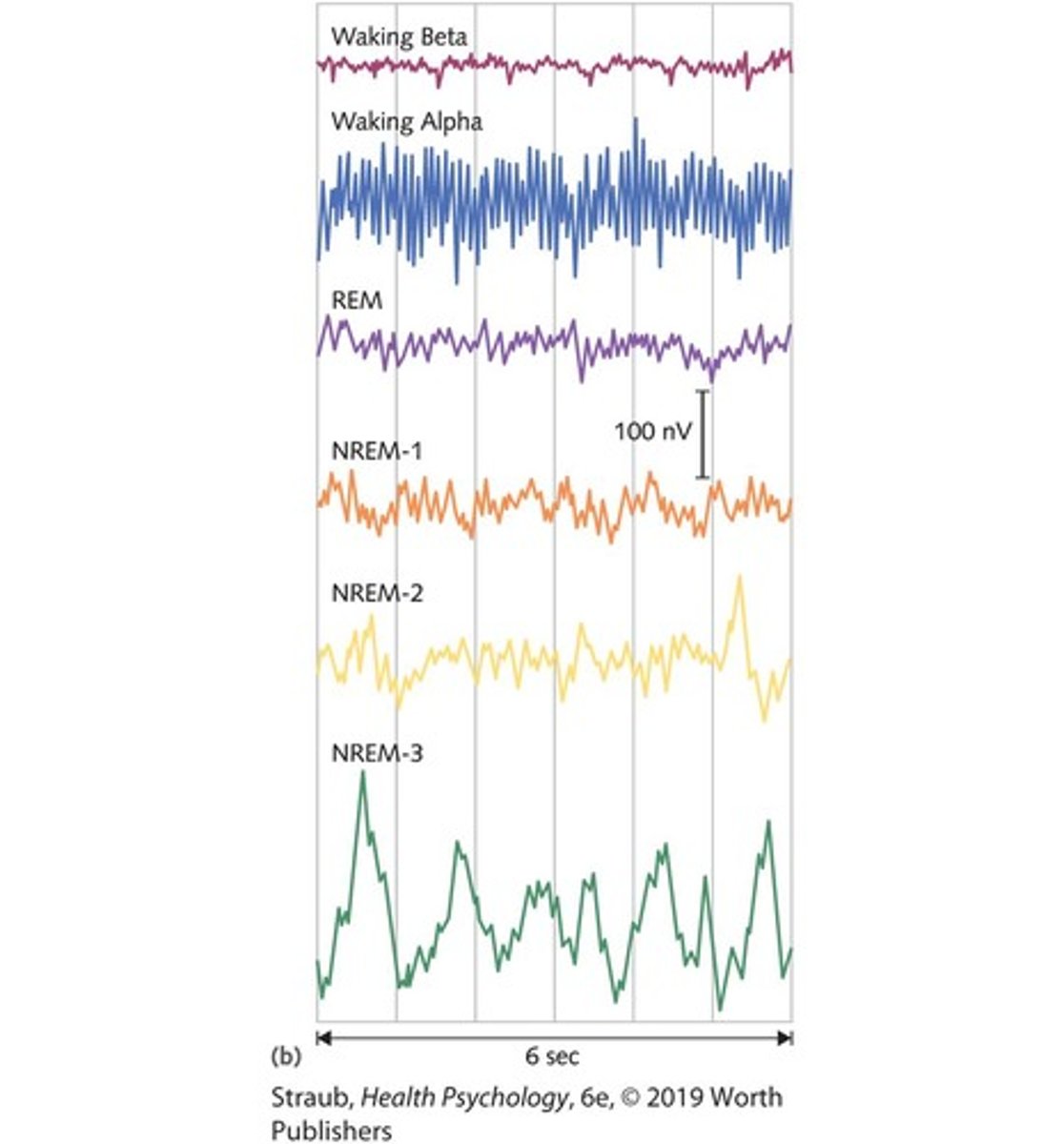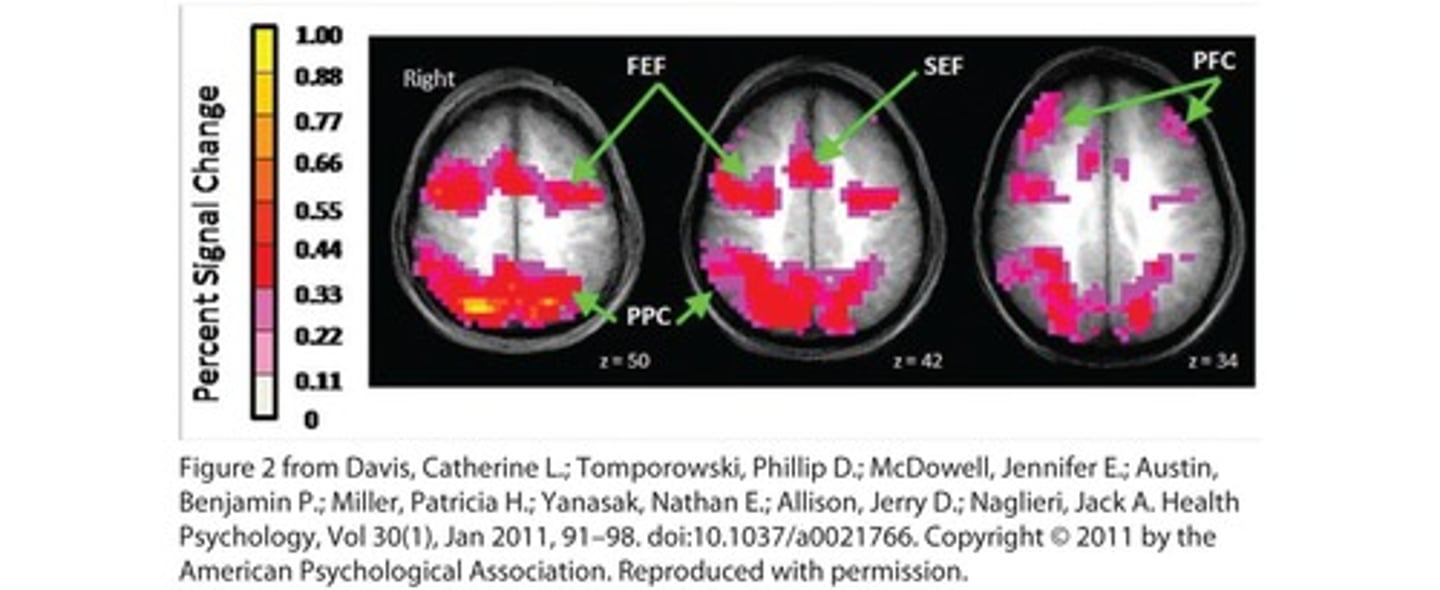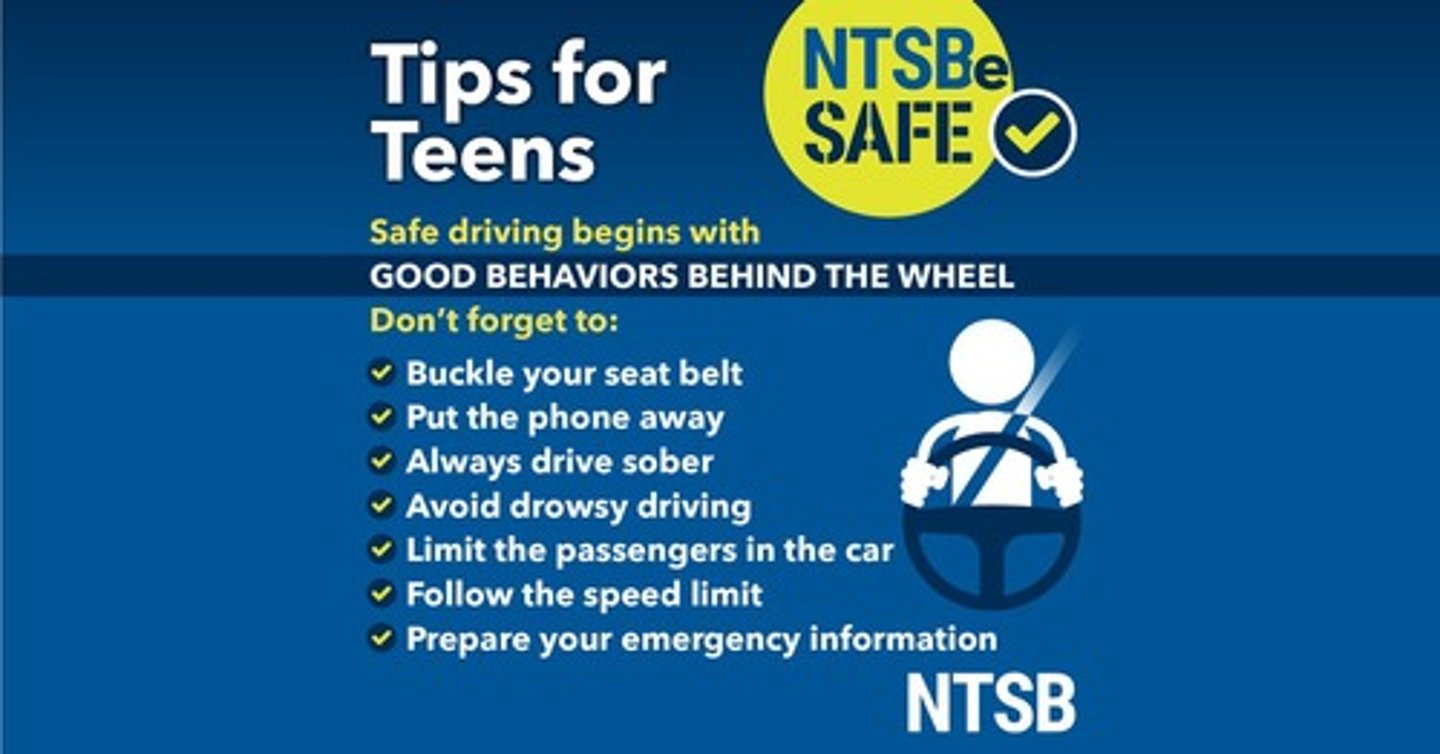Chapter 7: Exercise, Sleep, and Injury Prevention
1/91
There's no tags or description
Looks like no tags are added yet.
Name | Mastery | Learn | Test | Matching | Spaced |
|---|
No study sessions yet.
92 Terms
Physical Activity
Bodily movement produced by skeletal muscles
Physical Exercise
Planned, repetitive, and purposeful physical activity
Aerobic Exercise
Light-to-moderate-intensity exercise
Anaerobic Exercise
High-intensity exercise
Basal Metabolic Rate (BMR)
Minimum amount of calories the body needs to maintain bodily functions while at rest
Calorie
Measure of food energy equivalent to the amount of energy needed to raise the temperature of one gram of water to one degree Celsius
Physical Fitness
Includes set of attributes or characteristics that people have or achieve that relates to ability to perform physical activity
Muscular Strength
The amount of force a muscle can produce
Muscular Endurance
The ability of a muscle to sustain repeated contractions against resistance for an extended period
Flexibility
The range of motion available at a joint
Body Composition
The proportion of fat and non-fat mass in the body
Cardiorespiratory Endurance (Aerobic Fitness)
Ability of the heart, blood vessels, and lungs to supply oxygen to working muscles during physical activity for prolonged periods of time
VO2, VO2max
Measures of the maximum amount of oxygen the body can utilize during intense exercise
Costs of Inactive Lifestyle
Globally, physical inactivity costs $67.5 billion each year in health care costs and lower workplace productivity
Recreational Sitting
Engaging in sedentary activities during leisure time
Screentime
The amount of time spent using devices with screens, such as computers, televisions, and smartphones
Active Workstations
Work environments that encourage physical activity while working
Weight Control
Lower ghrelin during aerobic and resistance exercise; elevated peptide tyrosine-tyrosine (PYY) after aerobic exercise; reduced feelings of hunger after aerobic and resistance exercise
Healthy adults age range
Adults between the ages of 18 and 64 years.
Minimum moderate-intensity physical activity
At least 30 minutes, five days each week.
Minimum vigorous-intensity physical activity
At least 75 minutes of vigorous-intensity physical activity throughout the week.
Protection Against Chronic Illness
Increased physical strength, maintaining bone density through regular exercise; osteoporosis.
Chronic adult illnesses
Includes cardiovascular disease, certain cancers, diabetes, and metabolic syndrome.
Cholesterol levels
Lower triglycerides, lower LDL cholesterol levels, and higher HDL cholesterol levels.
Age-related declines
Delay of some age-related declines in white blood cells.
Metabolic Syndrome (MetS)
Cluster of conditions that include increased blood pressure, high blood sugar level, abdominal obesity, low HDL cholesterol level, and high triglyceride level.
Risks associated with Metabolic Syndrome
Increases a person's risk of heart disease, stroke, and diabetes.
Factors linked to Metabolic Syndrome
Closely linked to obesity, lack of physical activity, and insulin resistance.
Metabolic flexibility
Ability to adapt fuel oxidation to fuel availability.
Metabolic inflexibility
Inability to adapt fuel oxidation to fuel availability.
Psychological Benefits of Regular Exercise
Improved mood and improved sense of well-being.
Buffer against stress
Increased buffer against stress, anxiety, and depression.
Cognitive functioning
Predicts better cognitive functioning and reduced risk of dementia and Alzheimer's disease.
CDC recommendations for older adults
75-150 minutes of moderate to vigorous intensity aerobic exercise per week.
Muscle strengthening activities
Recommended twice weekly for older adults.
Benefits of physical activity in older adults
Associated with lower morbidity and mortality among physically active older adults.
Exercise participation decline
Percentage of people who exercise regularly declines with age and varies significantly across socioeconomic and ethnic groups.
Reasons for not exercising
Why do people not exercise?
Motives of People Who Are Most Likely to Stick with Exercise Programs
Enjoy exercise and believe in individual responsibility for personal health, have previously formed the habit, have social support for exercising, have a favorable attitude and a strong sense of self-efficacy.
Best Interventions for Individuals
Stage is matched to readiness and realistic expectations of the participant, variety of behavior change techniques (BCTs) are employed, focus addresses increasing participants' motivation, intentions, and perceptions of behavioral control and exercise self-efficacy.
Best Interventions for Community Programs
Involve individual and environmental factors, including demographic, biological, psychological, and social/cultural factors and public policy.
WHO Global Action Plan (2018b)
mHealth uses smartphones and other mobile technologies to promote health and well-being, associated with a small overall decrease in sedentary behavior and a moderate increase in physical activity levels.
Promoting Physical Activity During Cancer Treatment
Physical activity is safe and has benefits for many cancer patients.
Exercise Hazards
Exercise poses some hazards if done to excess, including exercise-related injury, death (sudden cardiac death), compulsive exercise, and exercise addiction; behavioral addiction.
Short Sleep Duration
Sleeping less than 7 hours each night.
Sleep Disorder
Any problem with sleeping.
Circadian Rhythm
24-hour cycle of night and day, internal biological clock, influenced by zeitgebers, or 'timekeepers'.
Sleep Stages
Brain operates on a 90-minute biological rhythm—four distinct sleep stages.
Types of Sleep
Non-rapid eye movement (NREM) and rapid eye movement (REM).

Sleep Patterns for Newborns
Newborns sleep 15 to 17 hours daily; one- to three-hour segments.
Sleep Needs for Adults
Average 6.8 hours sleep per day on weekdays, 7.4 hours a night on weekends for North American adults.
Social Jet Lag
Insufficient sleep correlates with social environmental factors impacting group differences.
Work Schedule and Stress
People who work long hours, at multiple jobs, and those who do shift work report poor sleep and a host of negative consequences including fatigue, sleep loss, and cognitive decline.
Sleep Debt
Cannot be repaid by one long sleep, slows reaction times, increases errors on visual attention tasks, and is a predictor of depression.
Poor Sleep
Takes a toll on physical and psychological well-being, includes partial sleep loss, sleep restriction, and short sleep.
Insomnia
One of 10 other sleep-wake disorders.
Effects of Chronic Sleep Loss
Increased body weight, BMI, and obesity; higher percentage body fat; increased ghrelin and decreased leptin; elevated levels of cortisol; suppressed immune functioning; chronic inflammation; insulin resistance; cardiometabolic disease promotion; impaired concentration, memory, and creativity.
Cognitive-Behavioral Therapy for Insomnia (CBT-I)
Targets underlying insomnia causes, treatment is individually tailored and may include a variety of approaches such as stimulus control therapy, relaxation training, sleep environment improvement, sleep restriction, and sleep hygiene.
Narcolepsy
Characterized by sleep attacks and abnormal REM sleep, triggered by a gene deficiency in hypothalamus cells that produce hypocretin.
Sleep Apnea
Temporary cessation of breathing, higher risk with higher BMI, most common is obstructive sleep apnea; some help from CPAP.
Tips for Improving Sleep
Set a bedtime that is early enough for you to get at least 7 hours of sleep. Don't go to bed unless you are sleepy; if you don't fall asleep after 20 minutes, get out of bed. Use your bed only for sleep and sex.
Limit exposure to bright light
Turn off electronic devices at least 30 minutes before bedtime.
Large meal before bedtime
Don't eat a large meal before bedtime.
Light, healthy snack at night
If you are hungry at night, eat a light, healthy snack.
Caffeine consumption
Avoid consuming caffeine in the late afternoon or evening.
Alcohol consumption before bedtime
Avoid consuming alcohol before bedtime.
Fluid intake before bedtime
Reduce your fluid intake before bedtime.
Exercise and diet
Exercise regularly and maintain a healthy diet.
Sleep deprivation
Increases risk of human error-related accidents.
Intentional injuries
Injuries that are purposely inflicted.
Unintentional injuries
Injuries that occur without intent to harm.
Healthy People 2030 goal
Reduction of overall rate of unintentional injuries and motor-vehicle-crash-related deaths.
Leading causes of death for ages 1 to 24
Includes a number of causes, shifting as age increases.
Chronic conditions in older age groups
Account for more deaths than external causes do.
Injuries in Childhood
Healthiest time for school-aged children in developed nations.
Unintentional Injury in Adolescence
Leading cause of death among adolescents.
Poor decision-making and impulsivity
Contributes to unintentional injuries in adolescents.
fMRI scans in adolescents
Indicate brain areas that respond to excitement and pleasure are more active than areas that control inhibition.

Teen drivers' underestimation
Teens are more likely to underestimate dangerous situations.
Preventive measures for young drivers
Four measures have saved hundreds of lives.
Graduated driver licensing (GDL)
A preventive measure for young drivers.

Restricted night driving
A preventive measure for young drivers.
No teenage passengers
A preventive measure for young drivers.
Zero tolerance for alcohol
A preventive measure for young drivers.
Leading Causes of Death in Adulthood
Includes car accidents, poisoning, and homicide among ages 25 to 34.
Unintentional poisoning death
Increasing steadily since 1992; 98,000 worldwide in 2013.
Homicide statistics in 2015
There were 17,793 homicides in the United States.
Suicide prevalence
Nearly one million people worldwide die by suicide each year.
Firearms in suicides
Most commonly used method among males.
Falls as a cause of death
Second leading cause of unintentional death worldwide.
Injury Prevention Targets
Includes individual behaviors, physical environment, access to service, social environment, and societal-level factors.
Levels of Prevention
Includes primary prevention, secondary prevention, and tertiary prevention.